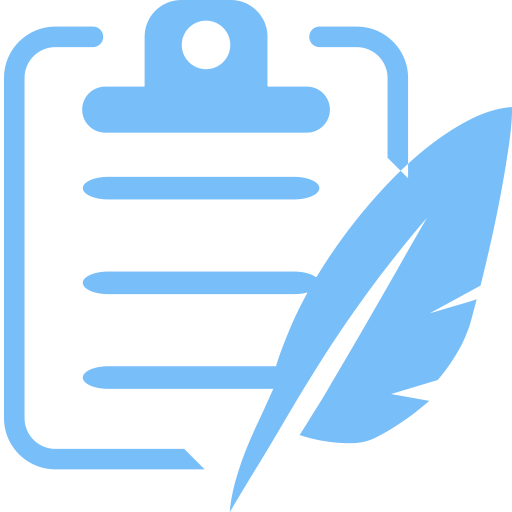Writing with speed and accuracy is essential for minute takers to do their job effectively. The good news is that a minute taker does not need to write meeting minutes verbatim. “Verbatim” is inherently a word-for-word transcription of everything said during the meeting. That practice is time-consuming and unnecessary for a document that is meant to summarize discussions and decisions.

Instead of trying to capture every word, a minute taker should focus on recording the main points, key decisions, who made them, and any action items that arise. This requires the minute taker to synthesize information quickly as the meeting progresses. The faster a minute taker can identify and summarize what’s happening, the less they need to write overall. Then the final document will be clearer and more useful to everyone.
This skill improves with practice. Increasing typing speed is one obvious way to help; the faster a minute taker can type, the easier it is to capture critical information as it’s being discussed. Even a few extra words per minute can make a noticeable difference in keeping up with fast-paced conversations.
Another effective way to improve speed is to use a pre-set template. Templates can often be found in Microsoft Word, online resources, or provided directly by the company for whom you’re taking minutes. Using a consistent template helps reduce the time spent on formatting and organizing notes, allowing the minute taker to focus more on the content of the meeting itself. Templates also promote consistency across multiple meetings, which is helpful when comparing outcomes or tracking long-term projects.
It’s also beneficial to use the meeting agenda as the backbone for your minutes. Most meetings follow the agenda closely, so aligning your notes with its structure keeps you organized and ensures no key topic is overlooked. As each agenda item is discussed, jot down the main takeaways, decisions, and any follow-up tasks assigned. This method makes the minutes easy to read and helps others locate information quickly after the meeting.
In addition to these strategies, several digital tools can assist with faster, more efficient minute taking. Software like Trint or Otter.ai can record and transcribe meetings, giving the minute taker a backup reference to confirm details after the fact.
While these tools should never replace human judgment, they can support accuracy and speed when used responsibly.
Finally, practice and preparation go a long way. Familiarizing yourself with the meeting’s subject matter ahead of time helps you anticipate important points and terminology. Reviewing previous minutes can also provide valuable context that speeds up comprehension during the discussion.
In conclusion, writing meeting minutes with both speed and accuracy is a skill developed through preparation, structure, and repetition. By using templates, following the agenda, improving typing skills, and leveraging available tools, minute takers can produce professional, precise records efficiently. Over time, these habits lead to smoother meetings, better communication, and greater confidence in your abilities as a trusted minute taker.
References
Datchens, D. (2024, December 20). How to take better (& faster) meeting minutes. Trint. https://trint.com/creator-hub/how-to-take-better-faster-meeting-minutes#:~:text=Don’t%20try%20to%20write,organized%20and%20easy%20to%20review
Gordon, R. (2024, December 18). How to write meeting minutes: Free template. The Hub | High Speed Training. https://www.highspeedtraining.co.uk/hub/meeting-minutes-how-to/
